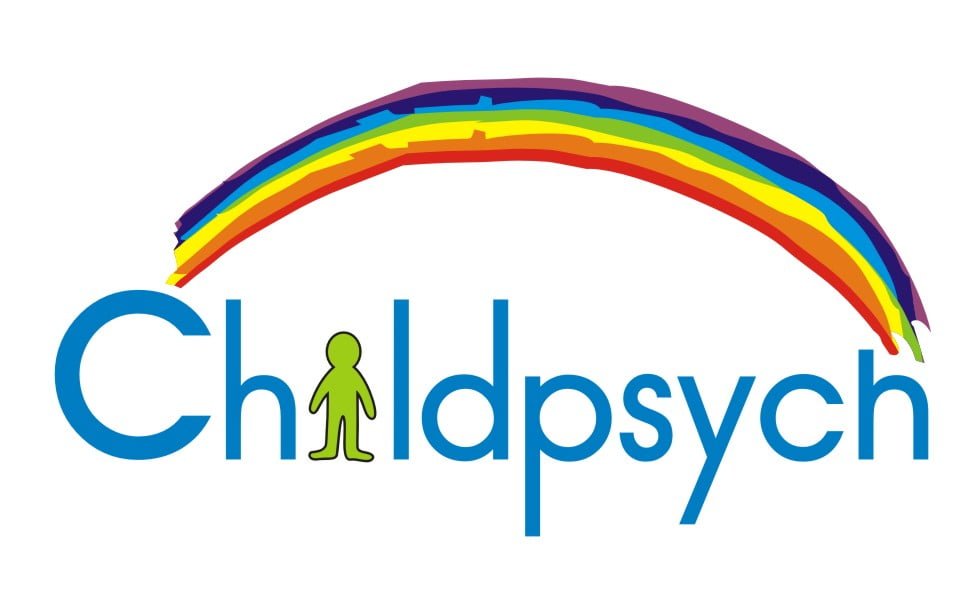
Self-mutilation (sometimes also referred to as self-harm or self-injury) is defined as all acts by which an individual deliberately sets out to harm his or her own body. In the majority of self-mutilation cases suicide is not the main aim and the injuries inflicted are not life threatening.
I realise that this is a rather somber subject, but it is important to me that parents have knowledge of self-mutilating behaviours as it is a phenomenon I often deal with in my practice. Teenage girls with friends who self-injure are at highest risk to attempt self-mutilation themselves, especially at times when they experience life difficulties. Mental illness such as depression or anxiety disorders are further contributing factors.
Self-mutilating behaviours might include: cutting or scratching the skin; burning the skin with matches, cigarettes or a lighter; carving words or symbols on the skin, piercing the skin with sharp objects, biting oneself; head banging or pulling out hair.
Some of the reasons these children and teenagers give for self-mutilation are that the sensation of physical pain distracts them from their painful emotions; self-mutilation provides a sense of control over their own body and self-mutilation helps them give expression to emotions that they can’t put into words. Cutting or other self-injurious behaviour may bring momentary calm and release but this is often followed by feelings of guilt, shame and the return of painful their emotions. Self-mutilation can cause permanent scars and disfigurement and may also result in infection especially if children share cutting tools. Even though suicide is not the main aim there is always a risk that self-injurious behaviour might result in suicide if a child cuts too deep or loses control during the act.
A VERY worrying trend is that cutting has recently gained some popularity among young people as a means of bonding or protest! In a recent twitter trend upset teens encouraged others to cut themselves in protest of Zyan Malik leaving pop boy-band, One Direction.
What are some of the signs parents should look out for?
- Self-mutilation is often linked to difficulties with impulse control. Children who have a tendency to act impulsively may thus be at greater risk for self-injurious behaviour.
- Scars or other unexplained wounds.
- Children who always keep sharp utensils nearby. Objects commonly used for self-mutilation include razor blades, art knives, needles, scissors, matches, lighters and cigarettes. Some children may also carry a pencil sharpener with them and loosen the blade of the sharpener for cutting when the impulse strikes.
- Children who wear long sleeved shirts or long pants even in hot weather.
- Children who appear to be depressed, irritable or withdrawn.
- Blood stains on clothing, linen, towels or tissues.
What can parents do if they discover their children have been self-harming?
- Don’t punish your child get caught-up in a shouting match with them about it. You can express your concern and disapproval of their behaviour but be careful to remain supportive and to not shame them for what they have done.
- Get your child professional help – seek the help of a mental health professional like a psychologist or counselor who is trained to deal with self-mutilation.
- Have a back-up plan for when they get the urge to cut. Simply being able to talk to somebody about the emotions they are experiencing can help prevent self-mutilating behaviour. If you know that work activities or other obligations might prevent you from taking your child’s call ensure that they can contact another trusted friend or family member or make sure they have the number for Childline (0800055555) or SADAG (0800 567 567) on hand.
- Address the root cause. What are the main areas of distress for your child? Does she feel she doesn’t have enough control over her own life? Is she feeling lonely or depressed. Only by addressing the underlying issues can we help prevent self-mutilating behaviours.
- Remind your child that she deserves to feel better and that hurting herself acts as a barrier to eventual recovery.
- Immediately take away all the tools your child uses to self-harm. I realise that this might not stop them from simply acquiring other tools, but may delay the process and that short delay might be all that is needed to stop impulsive self-harm.
- Help your child find more appropriate ways in which to express their emotions. If he finds it difficult to talk to others about his problems encourage your child to express his emotions through poetry, art or picture collages.
- Find substitutes that create the same physical sensation. Mental Health Foundation, UK suggests the following substitutes for cutting:
- Use a red felt tip pen to mark where you might usually cut
- Rub ice across your skin where you might usually cut
- Put rubber bands on wrists, arms, or legs and snap them instead of cutting or hitting



